The Making Of The Eternal Forest At Meiji Shrine
It Takes A Lot Of Work To Honor An Emperor
As Meiji Shrine prepares to celebrate its 100th anniversary, we look at how this city oasis was born out of marshes and farmland.
Meiji Shrine is one of the most beloved spots in Tokyo, perhaps less for the shrine itself than for the forest that surrounds it. The garden’s vast expanse and sheer density of trees makes you think the shrine building was placed here among an existing forest, but in fact, it is manmade. Ahead of the 100th anniversary of the completion of the shrine, we look at how and why the Meiji forest was made.
The shrine, which was founded on November 1, 1920, honors Emperor Meiji (1852-1912) and his consort Empress Shouken (1850-1914). The emperor ruled Japan during one of its most tumultuous times—when it transformed from a feudal society closed to foreign countries and controlled by the Tokugawa shogunate, to a modern, constitutional government and international trading power. As Japan’s political, economic, and social systems were transfigured under what became known as the Meiji Restoration, the people looked to the emperor to provide leadership and stability.
Emperor Meiji is particularly remembered for encouraging the active adoption of Western technologies and knowledge while preserving Japanese identity and values. Among the many achievements during his reign, the shogunate-period social class system ended, a parliament was established, tax payment changed from rice to money, and a national school system was established.
Empress Shouken was also beloved by the people. She was active in public life and supported women’s education and the establishment of the Japanese Red Cross Society. The Empress Shoken Fund that she created to support the International Red Cross continues today.
A place to honor the emperor
When the emperor died, at age 59, the public was deeply saddened. Born in Kyoto, the emperor was also buried there, and the people of the eastern capital yearned for a place where they could honor his memory. The government quickly agreed to public suggestions that a shrine be built for him.
Initial consideration of sites for the shrine threw up 40 places throughout Japan, including Mount Fuji and Ibaraki Prefecture’s Mount Tsukuba, according to the Japanese edition of the National Geographic. In recognition of the emperor’s ties to Tokyo, a site within the city was considered most appropriate and the ultimate choice was an imperial estate with a garden that had been visited by the imperial couple, particularly by the empress. The emperor had designed the iris garden there for her.
It was one of the small plots of the existing garden in the 70 hectares that were designated for the inner shrine area. Together with some patches of broadleaf trees and some tall red pine trees near where the main shrine building currently stands, only eight hectares were forested at the time. The rest was farmland, grassland, or marshland.
To make a shrine requires more than just the buildings. It also requires 鎮守の森 (ちんじゅ の もり, chinju no mori) , a grove of trees for the enshrined deity. This practice stretches back to ancient times, the National Geographic writes, when shrines had no buildings, animals and plants were considered divine spirits, and the forest itself was the shrine.
it also requires 鎮守の森 (ちんじゅ の もり, chinju no mori) , a grove of trees for the enshrined deity
How to create an eternal forest
The three men responsible for creating the forest were Seiroku Honda, who designed Hibiya Park, Takanori Hongo, who also worked on the park, and Keiji Uehara, who became known as a pioneer of modern Japanese landscape gardening. Their fundamental plan for the shrine forest was that it should continue for eternity. To accomplish that, it would need to be created just like a natural forest.
To determine how that could be done, Uehara visited 88 old shrines of various generations throughout the nation, according to an article for nippon.com written by a pupil of Uehara, Isoya Shinji. Based on that research, the men decided to base the forest on oak, beech and camphor trees, and other broadleaf evergreens native to the Yoyogi area. They believed that such a mix would create a forest able to regenerate without help from humans.
The plan was criticized by the prime minister at the time, Shigenobu Ohkuma, who is reported to have said that it should be a majestic forest of cedar trees, like those at the Ise Jingu grand shrine or the Nikko Toshogu shrine, rather than a mess of various varieties.
The arborists knew that the Yoyogi region lacked sufficient water retention capacity to support thirsty cedars, and that soot and smoke from the adjacent railway line would weaken them. Honda won Ohkuma’s agreement by analyzing trunks of cedars in Nikko and in Tokyo and comparing their growth.
they believed that such a mix would create a forest able to regenerate without help from humans
A four-step, 150-year plan
With their target set on eternity, the gardeners created a 150-year, four-step plan for the forest. Their choice of main tree varieties were slow-growing ones. So at the planting stage, they made a forest appropriate for the shrine by using, for the canopy, existing red pines, and black pines and other tall trees from the 100,000 trees that were donated from across the country. In between them, they planted fast-growing needle-leaved cypress, cedar and fir trees, and the broadleaved evergreens.
They projected that 50 years later, the tallest trees would gradually wither as they became overwhelmed by the growth of the conifers, which would in turn then make up the canopy. A further 50 years on, in 2020, the broadleaf evergreens would make up the bulk of the forest, with conifers mixed in among them, and pines and Japanese zelkova elms making rare appearances. In the final projection, for 2070, as the oaks, beech trees, and camphor trees continue to grow, their offspring do too, and a sustainable, self-renewing forest is realized.
Periodic studies of the forest are finding that it is indeed growing as its creators imagined 100 years ago. Isoya Shinji, who was head of the second survey committee of the Meiji Shrine grounds, wrote that the 2013 report on the forest showed that it is in line with its creators’ projections for this year and the next half-century, too.

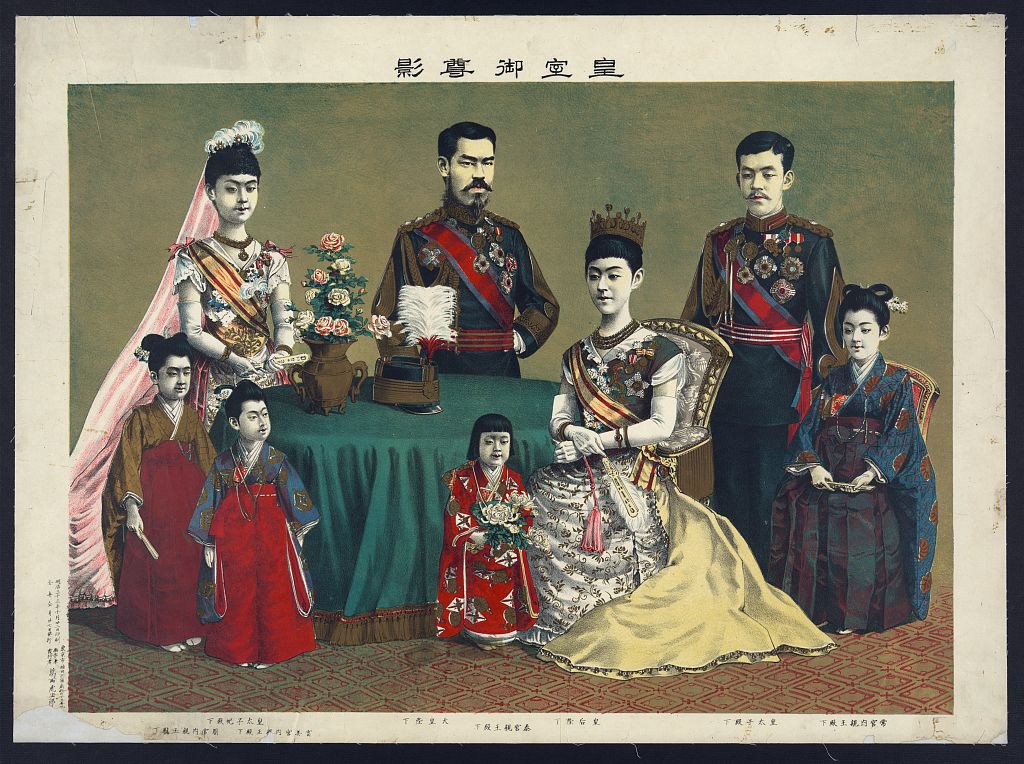
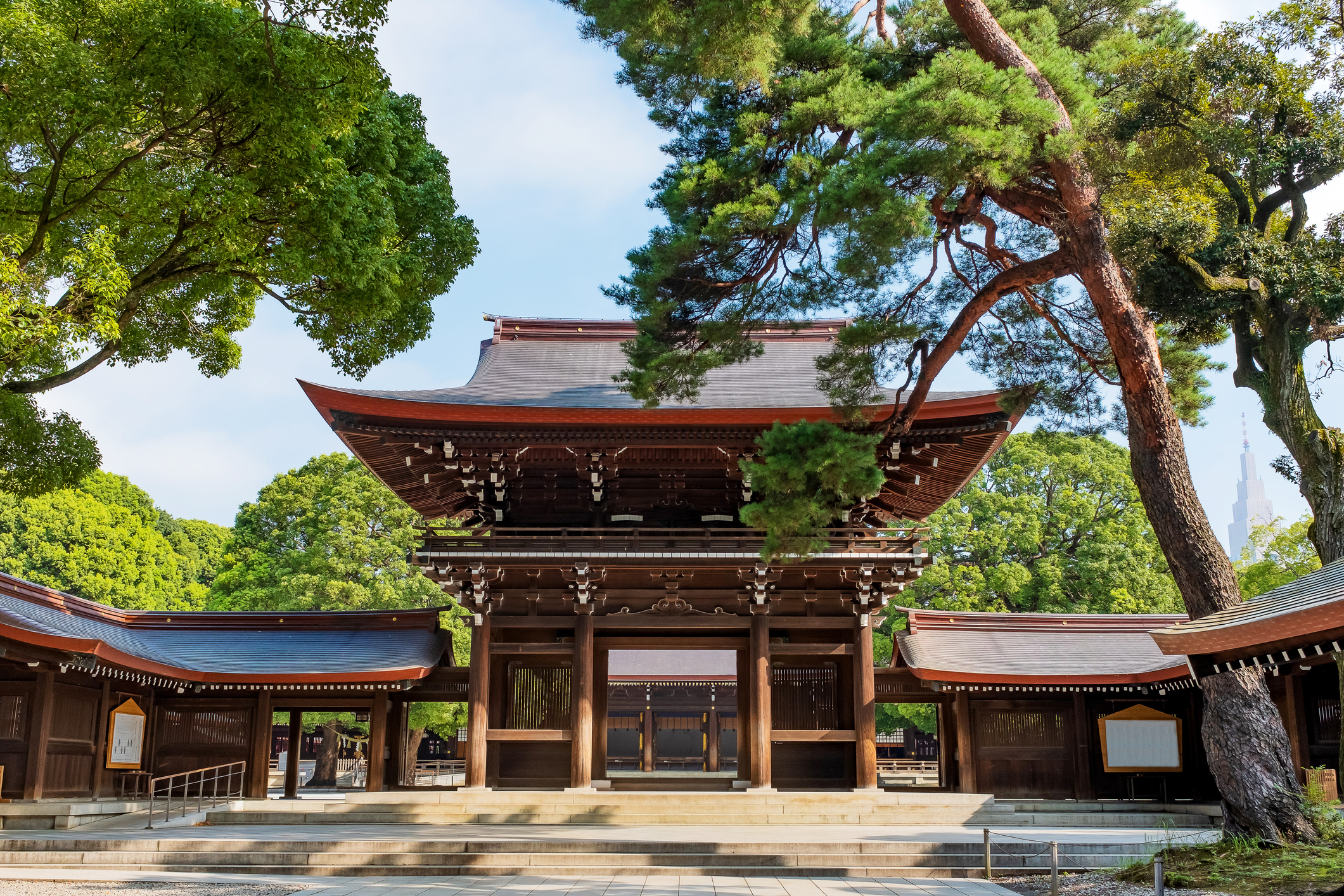
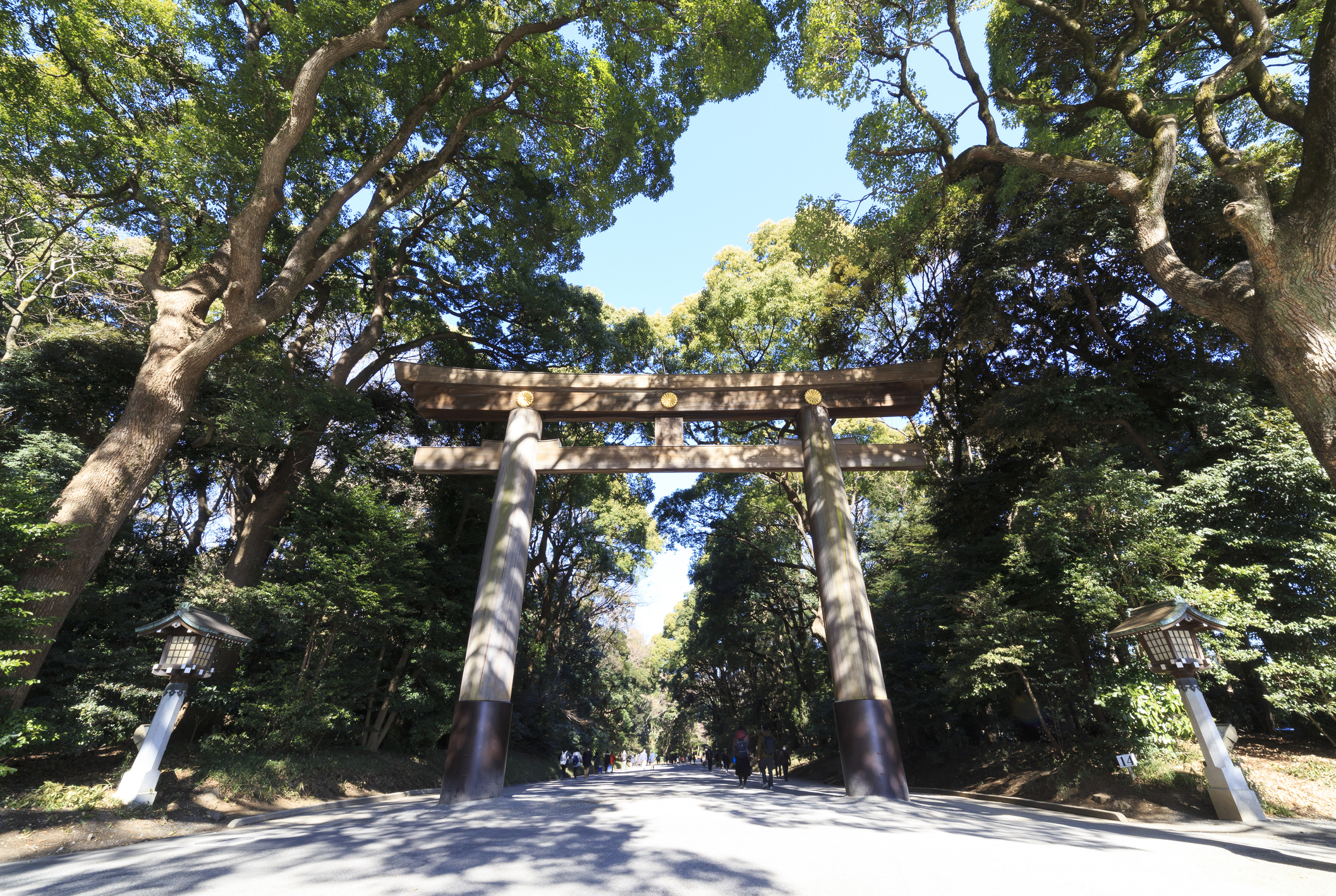
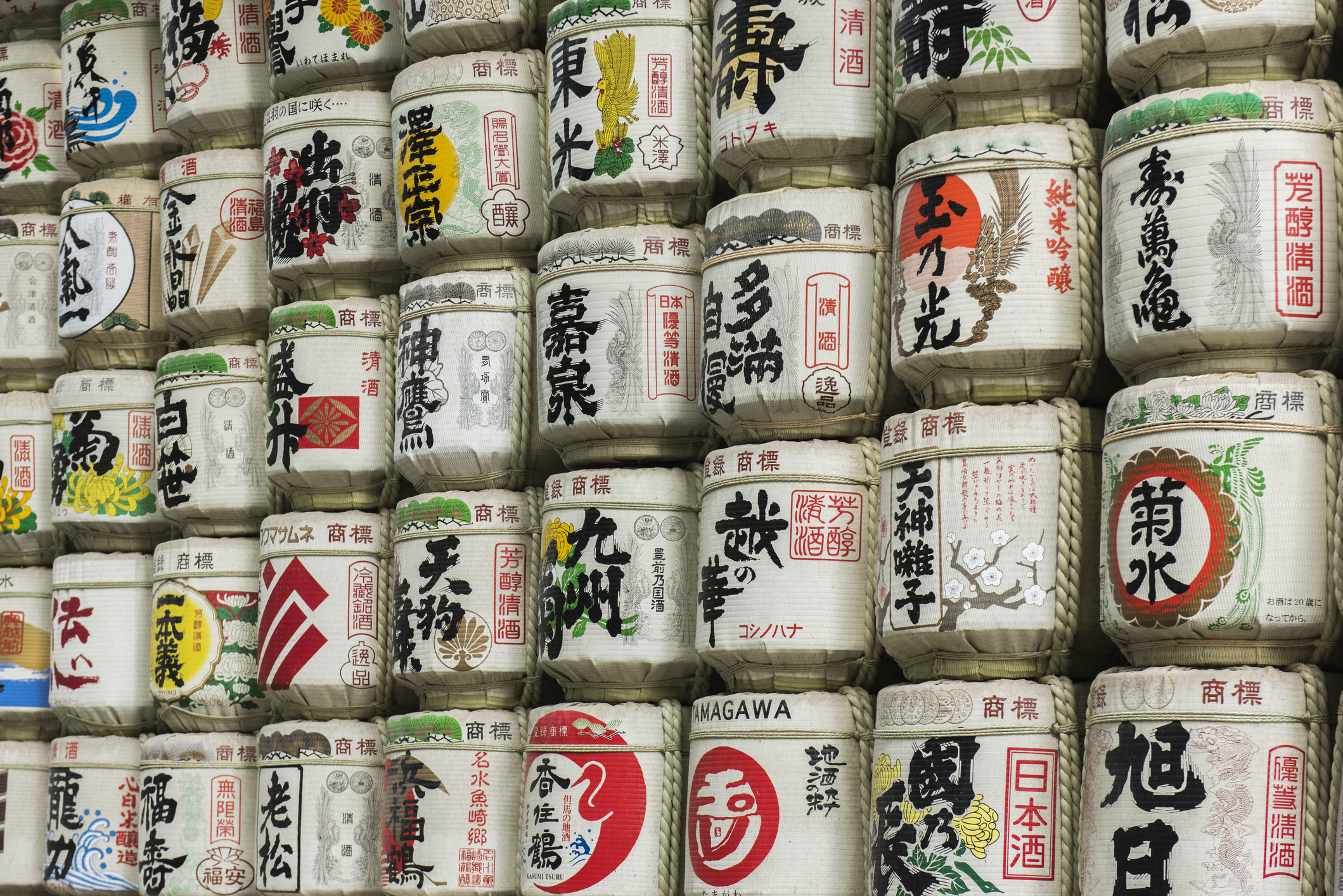











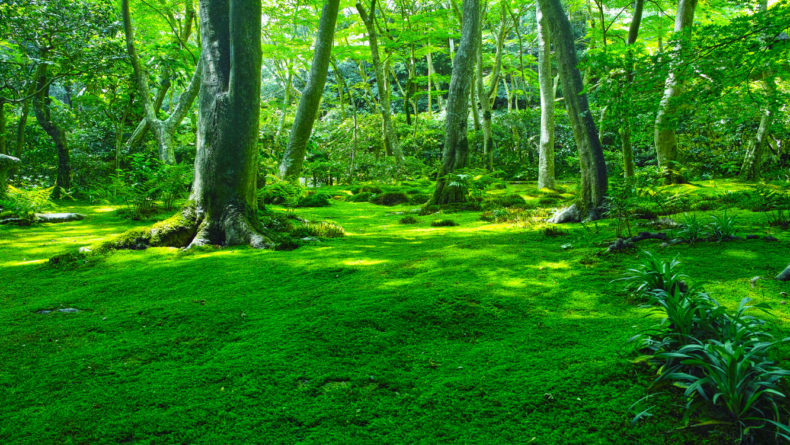


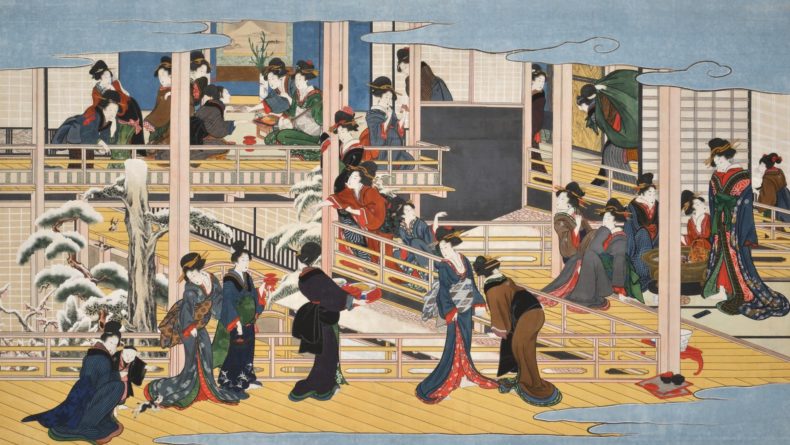
Leave a Reply